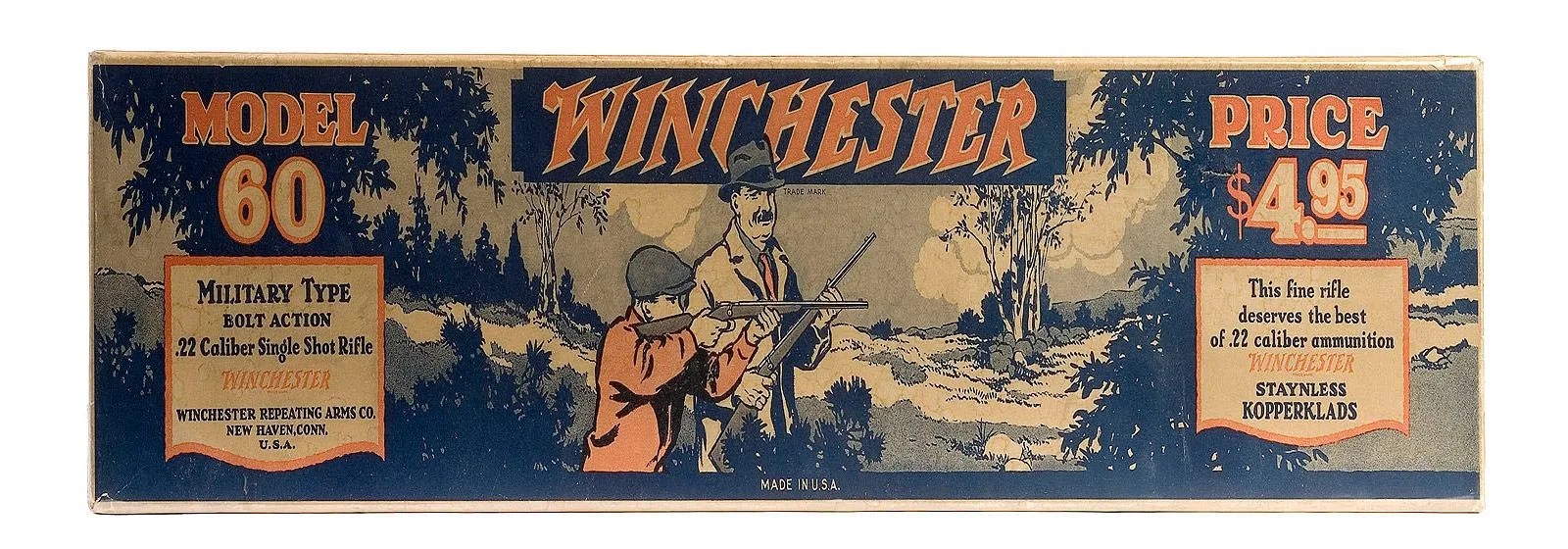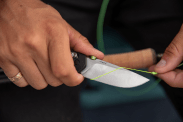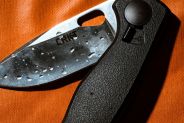In a culture that loves large-caliber firearms in the hands of its cinematic heroes (and villains), there seems to be virtually no room for small caliber guns. You won’t see Liam Neeson packing anything short of a 9mm or 12-gauge shotgun. Our collective mindset is that bigger is better when it comes to guns, but that’s a mindset birthed from action-packed movies and video games, and one that often works to our detriment since firepower doesn’t always equate to efficiency. But the life of the sportsman is one that’s more refined and event specific. And thus, we take into account the .22 Long Rifle: it fires a diminutive round at lower speeds and shorter distances than its big-bored brethren, but its popularity is virtually unparalleled in the world of long guns.

Take one look at a .22 LR (Long Rifle) caliber round, and you’ll wonder why someone handed you the metal equivalent of a piece of Good & Plenty candy. It’s small (22/100ths of an inch). So small, it almost seems that it could do about as much damage whipping it at someone with your bare hand as shooting it out of a gun. But fire that minuscule round from the long barrel of a .22 LR, and everything changes. What seems small and harmless is turned into an accurate projectile that generates next to no serious recoil, muzzle flash or noise. And, if aimed properly, the .22 LR can bring down game just as reliably as a larger firearm. But the gun is more than just a firearm: it’s a loved and respected icon of sport.
MORE FIREPOWER: Black Powder Rifle | Kit: Pheasant Hunt | Shoot a Handgun (Properly)
Before we delve into why the .22 LR is such a spectacular sportsman’s gun, we need to flash back to how the .22 round evolved (and subsequently led to the popularity of the rifle). Although conventional wisdom argues that the rifle should be obsolete based on the age of the round, it defies logic and exists as the only significant firearm ammunition that’s successfully transitioned from the 19th century to the modern age. The origins begin with the .22 BB Cap (Bulleted Breech Cap) in 1845 and then moved to the .22 short black powder rimfire round.
Rimfire vs. Centerfire
The .22 LR round is a rimfire cartridge, meaning the primer is located on the lip of the shell casing, where the priming compound is located. The firing pin makes impact with the rim, igniting the compound and propellant (earlier versions used black powder, while modern rounds employ a smokeless powder). Since the shell casing on a rimfire cartridge is a single piece of metal, it cannot be reloaded like centerfire rounds. But the rimfire’s single-piece casing makes it uniquely affordable among its ammo brethren. Never before have small and cheap come across as compliments.


